Every now and then, we get questions about our white oak threshold that we use for our entry doors. People want to know why we use wood for a threshold when many others in our industry use metal thresholds instead. Well, there are a few reasons--and some may even surprise you.
What is a threshold?
A threshold is a strip of wood, metal, or stone that forms the bottom of a doorway. The threshold helps to seal the door from the outside and should prevent water damage to the door itself.
We know that metal thresholds are often used for entry doors, and our clients sometimes wonder why we opt for a different material. Many people think that metal offers superior water resistance in this application.
But material is only one component of preventing water damage to your door or jamb. The other important components are the shape and texture of the threshold. The key is to slope away from where water could land on the threshold, and avoid creating areas on the threshold where the water can pool up.
What are the problems with metal thresholds?
Metal thresholds are usually adjustable, which sounds like it would be a good thing but can be a source of water damage. This is because you raise or lower an oak bar mechanism right under the door to make contact with a sweep that attaches to the door bottom. There is usually a lip reaching to the outside or inside edge of the door, depending on swing direction. Water can then get caught in the sweep at the door bottom.
Additionally, water often gets stuck in the trough of the metal sill at the adjustment area and and can direct water to the jamb over time.
The textured lines on the metal can catch and hold water, spreading it to the jamb itself.
What are the upsides of a white oak threshold?
- Our white oak threshold is smooth, without a joint and sloped. This allows the water to run off towards the ground without diverting water to the side jambs.
- Because our Swiss sweep silicone fin is installed inside the door bottom, it doesn't collect water like standard sweeps.
- White oak is a closed cell wood. This means that it has narrow pores on the grain structure. You can't see these pores with the naked eye; they can only be viewed under a microscope. White oak is exceptionally impervious to water because its pores are filled with a membrane called tyloses. This seals the wood off. In fact, white oak is so water-resistant it was commonly used in ship building for centuries.
So, those are all the reasons why we use our white oak threshold for entry doors. We believe in innovating and creating unique solutions for the most complex problems.
Feeling inspired? Take a look at our collection of entry door designs.





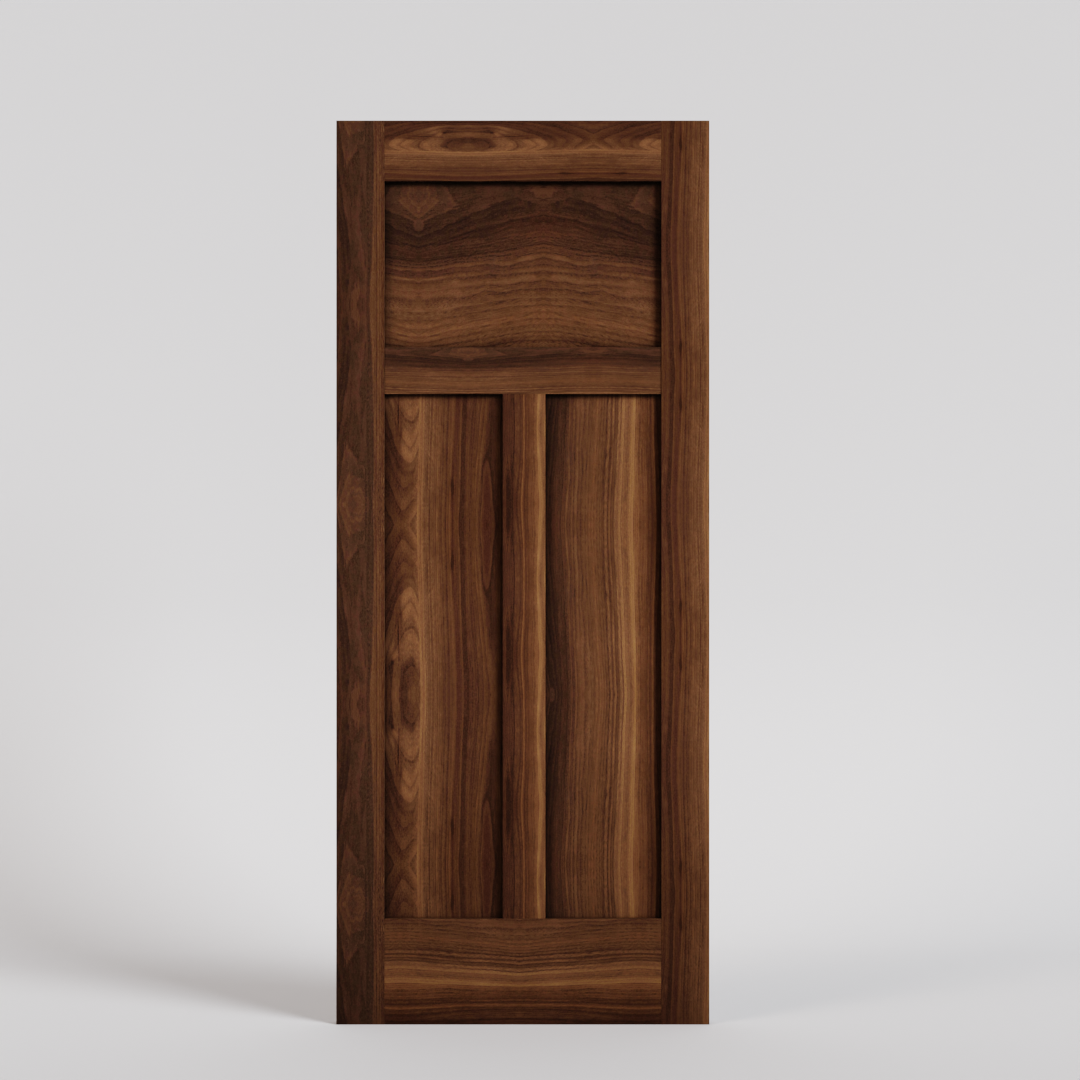
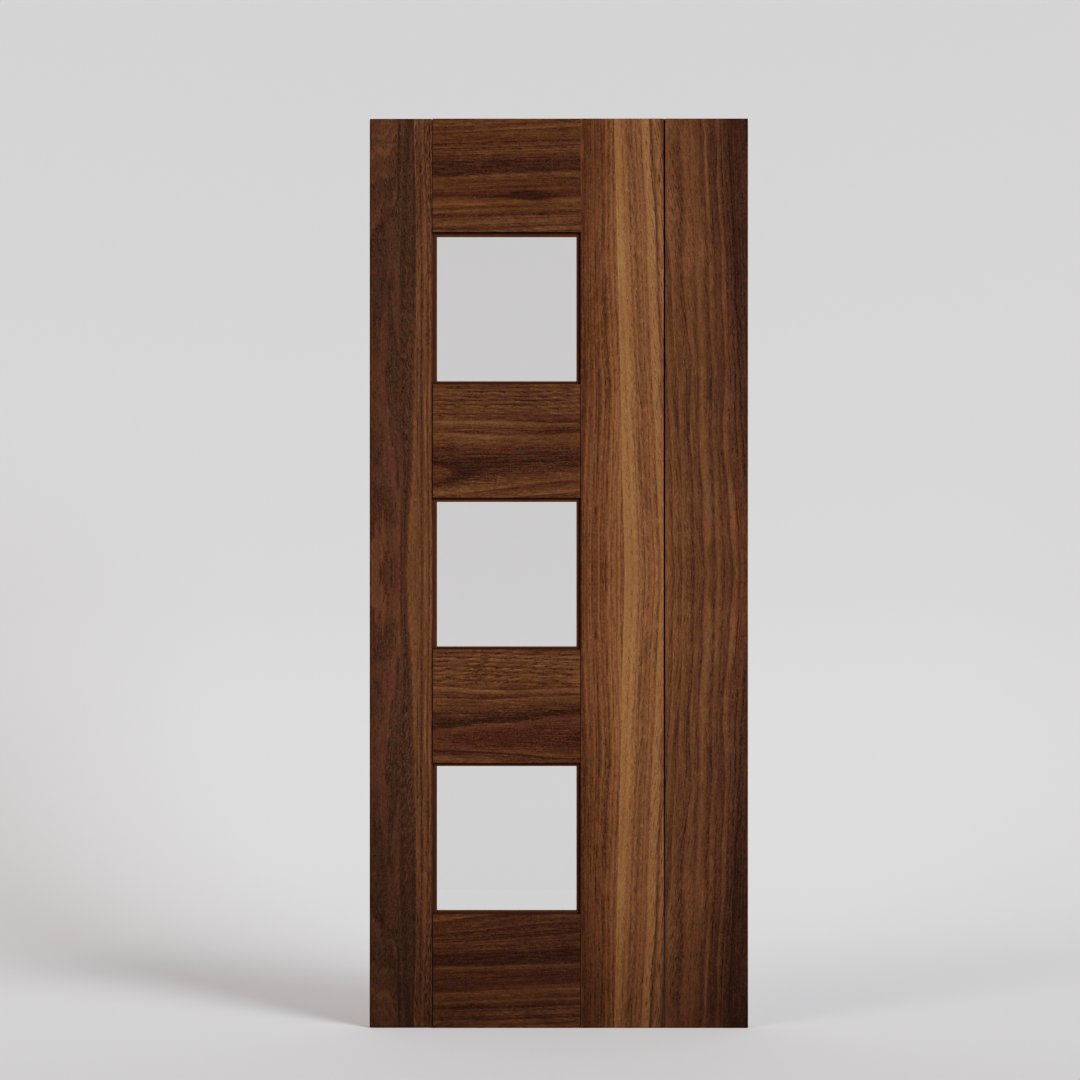
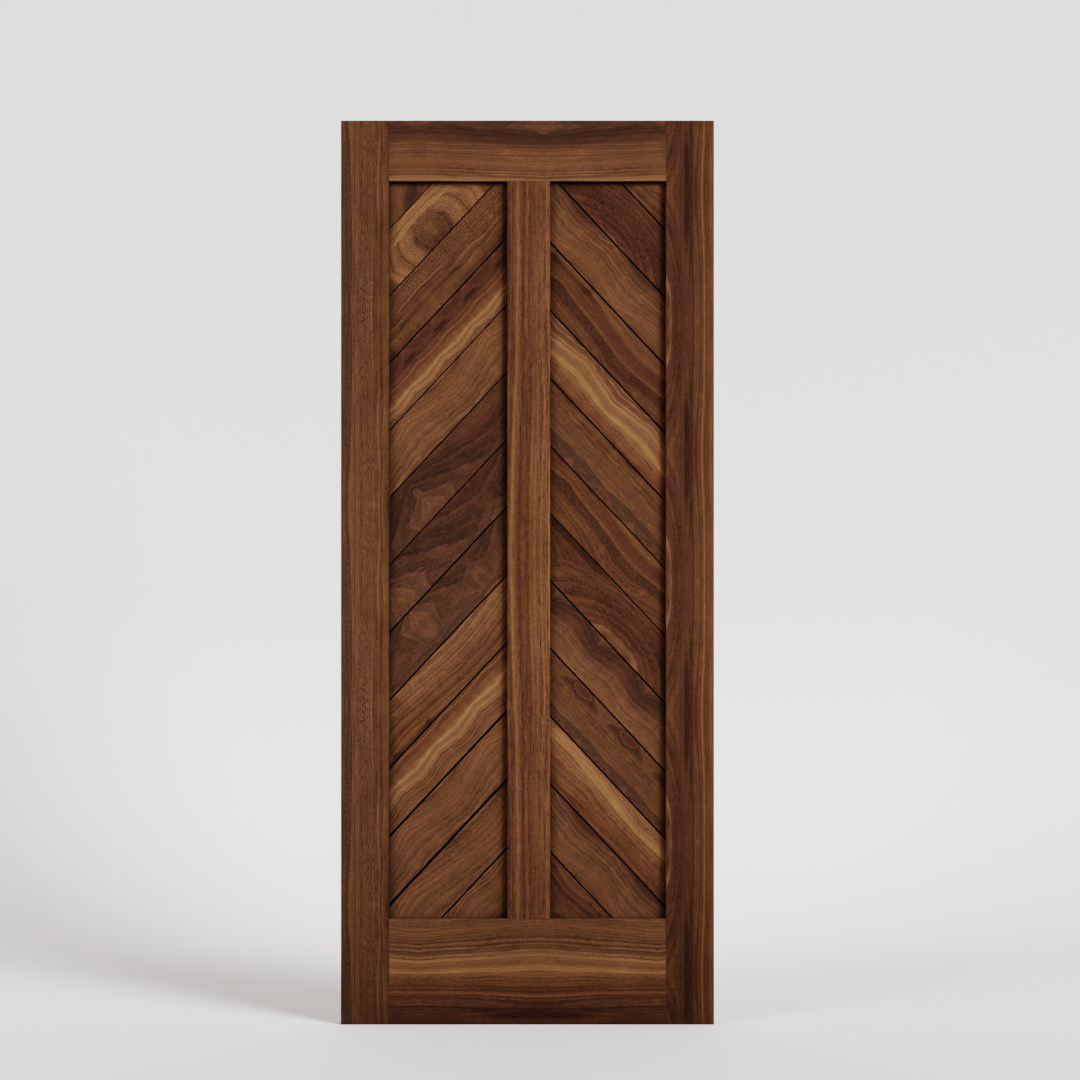
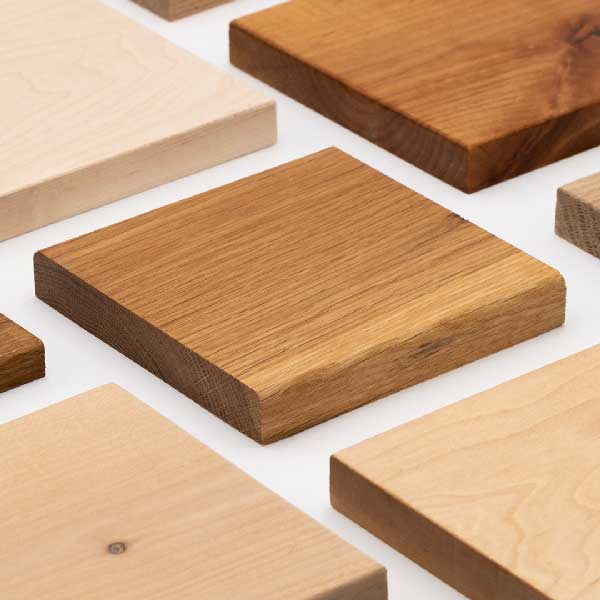

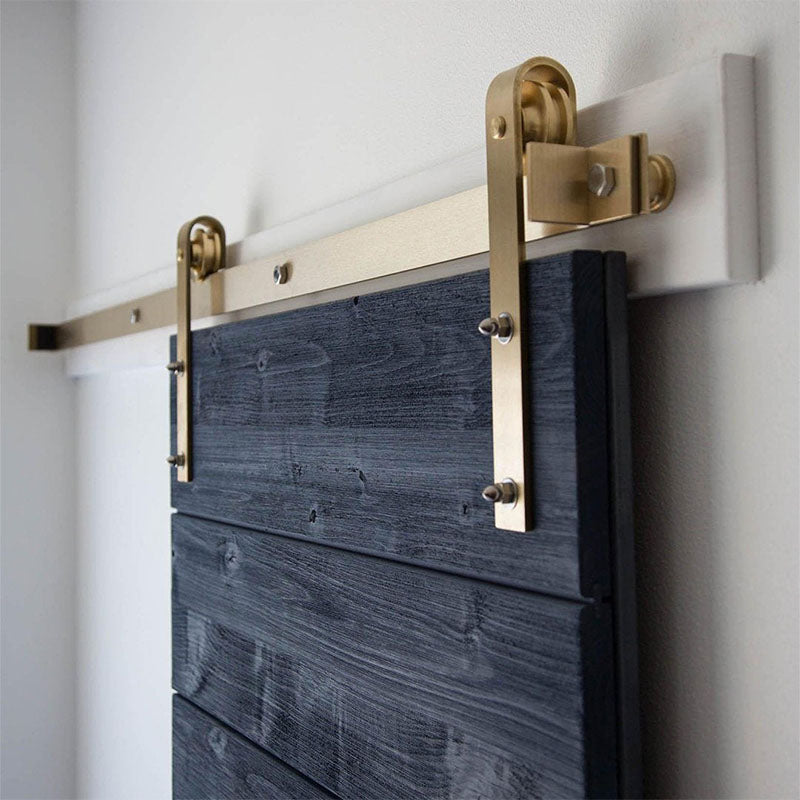
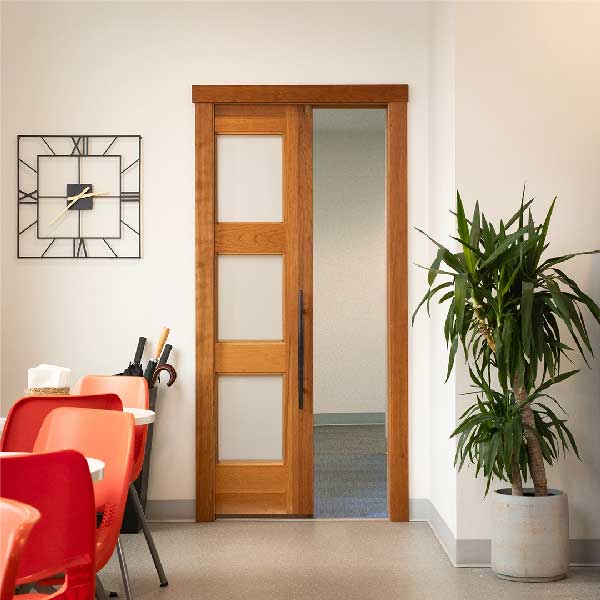

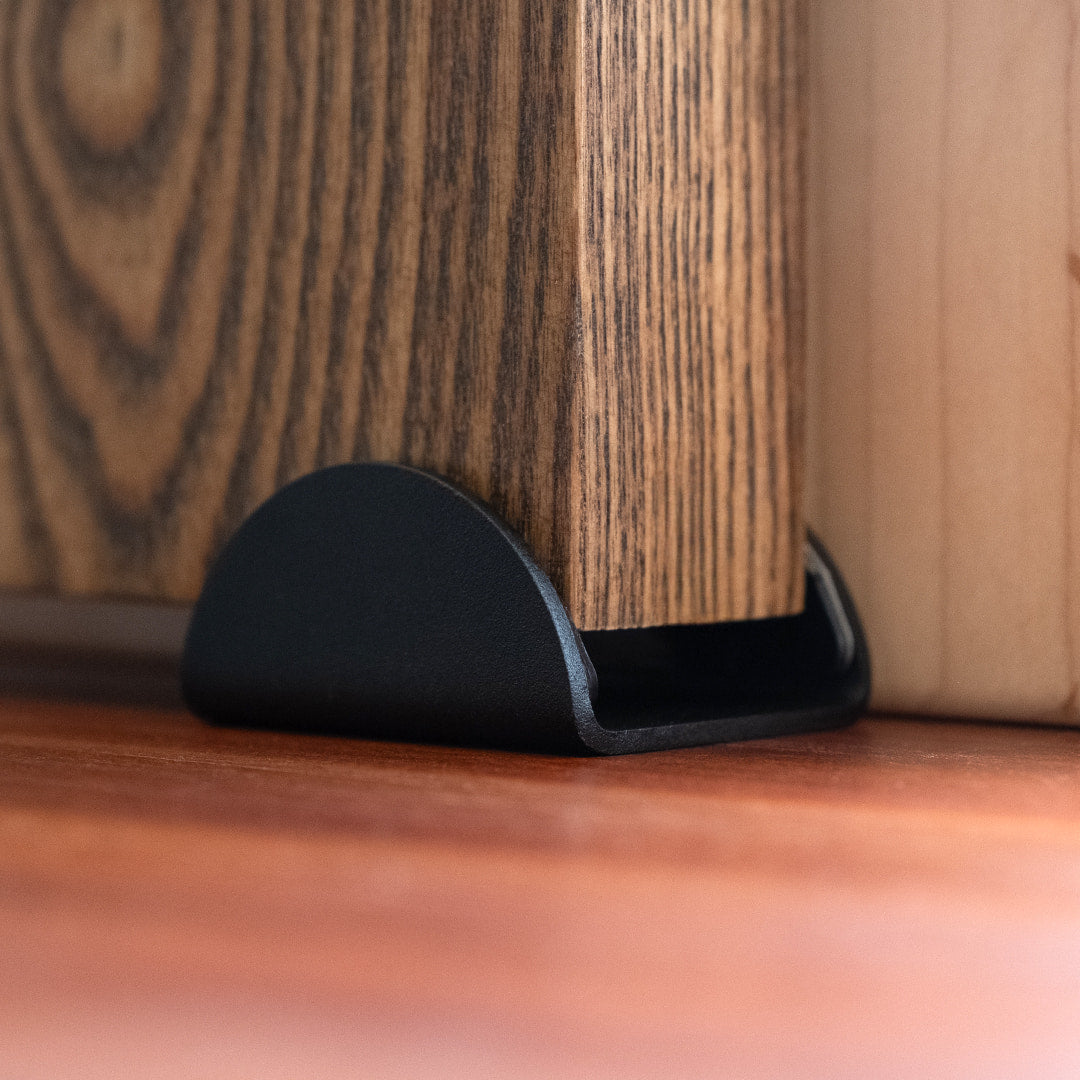
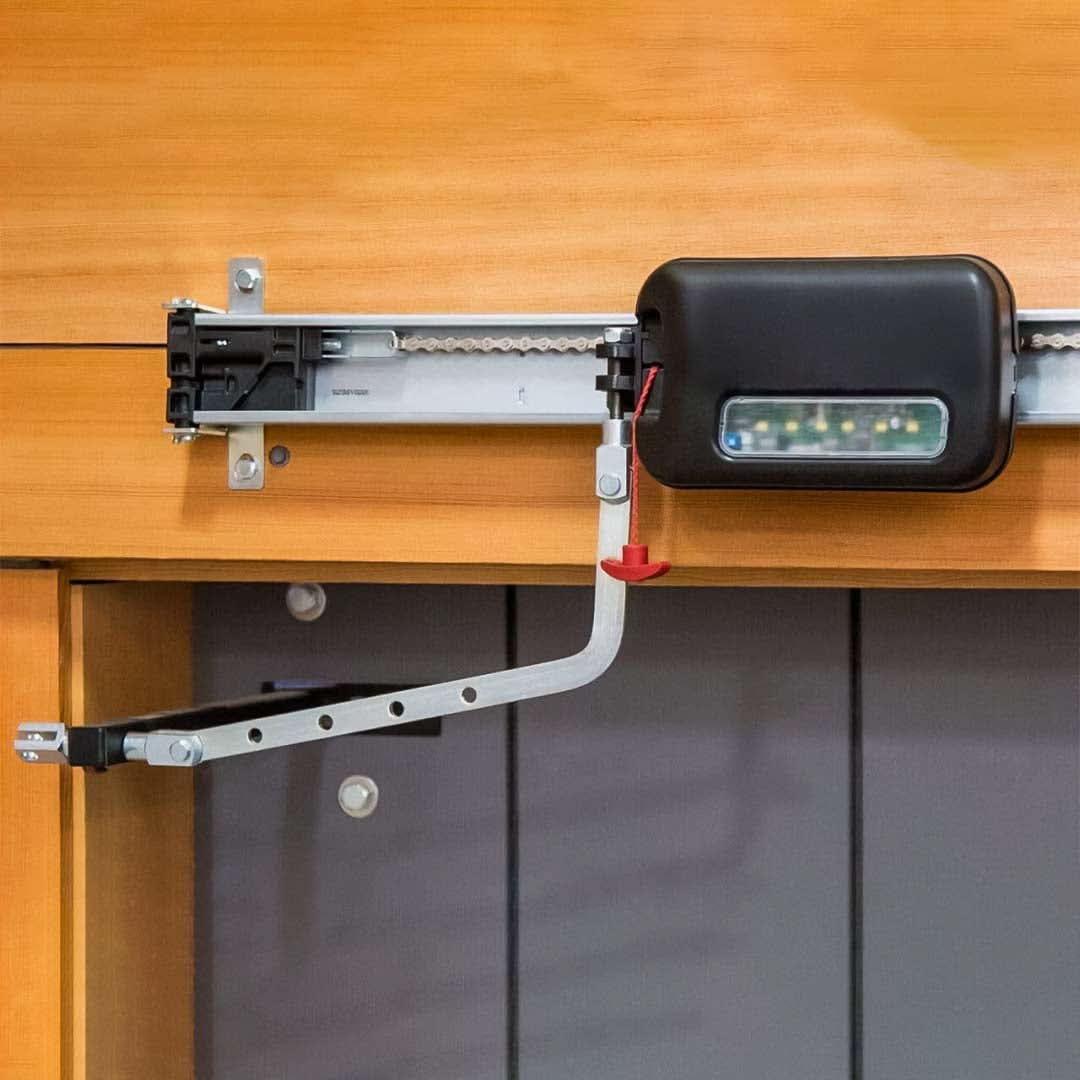






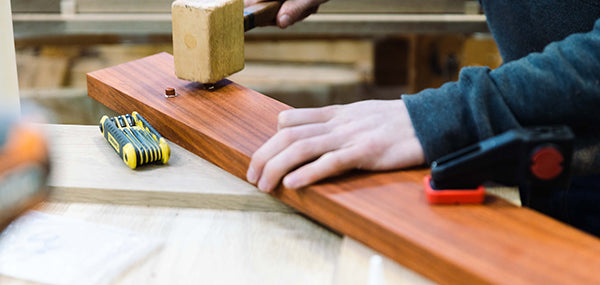

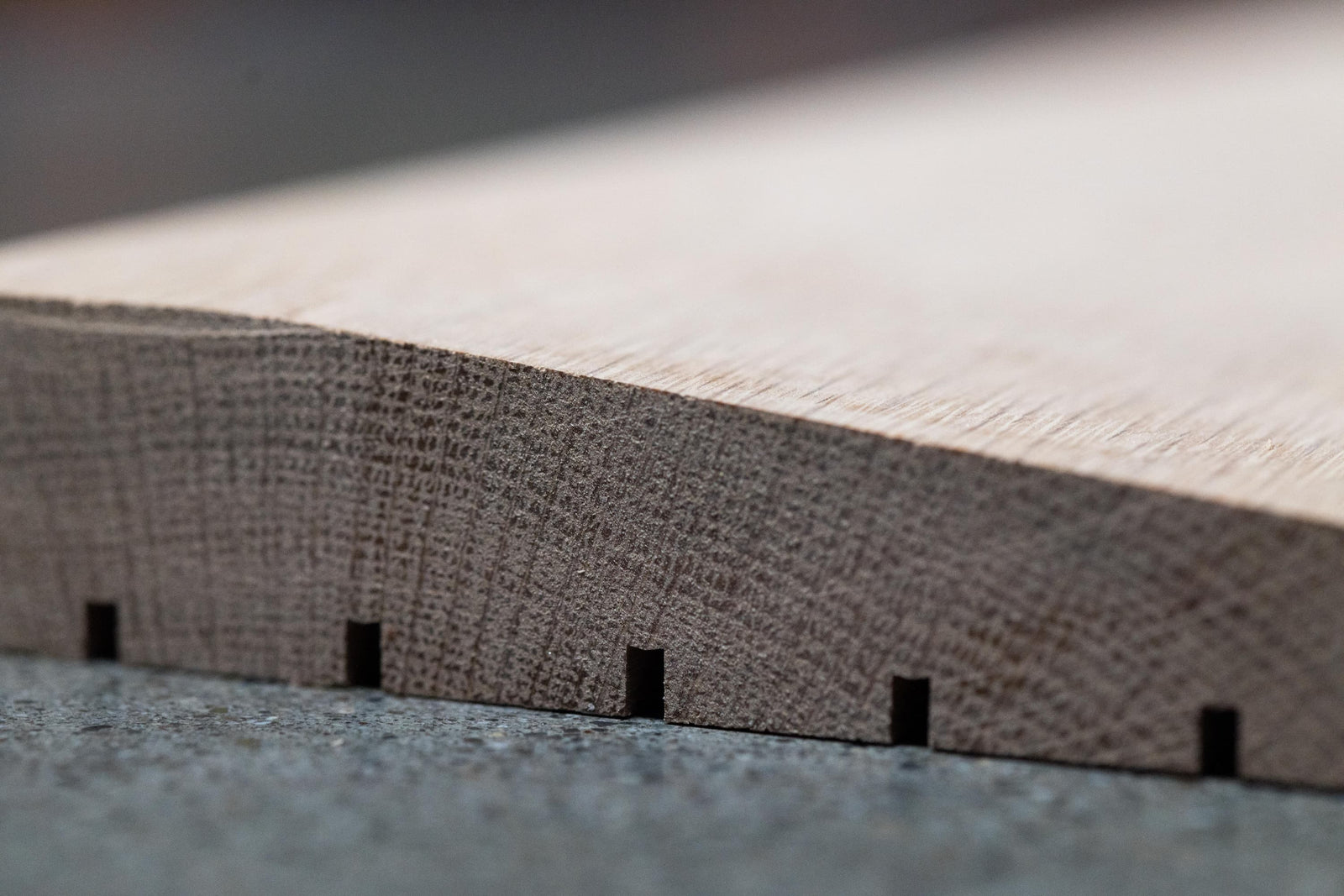


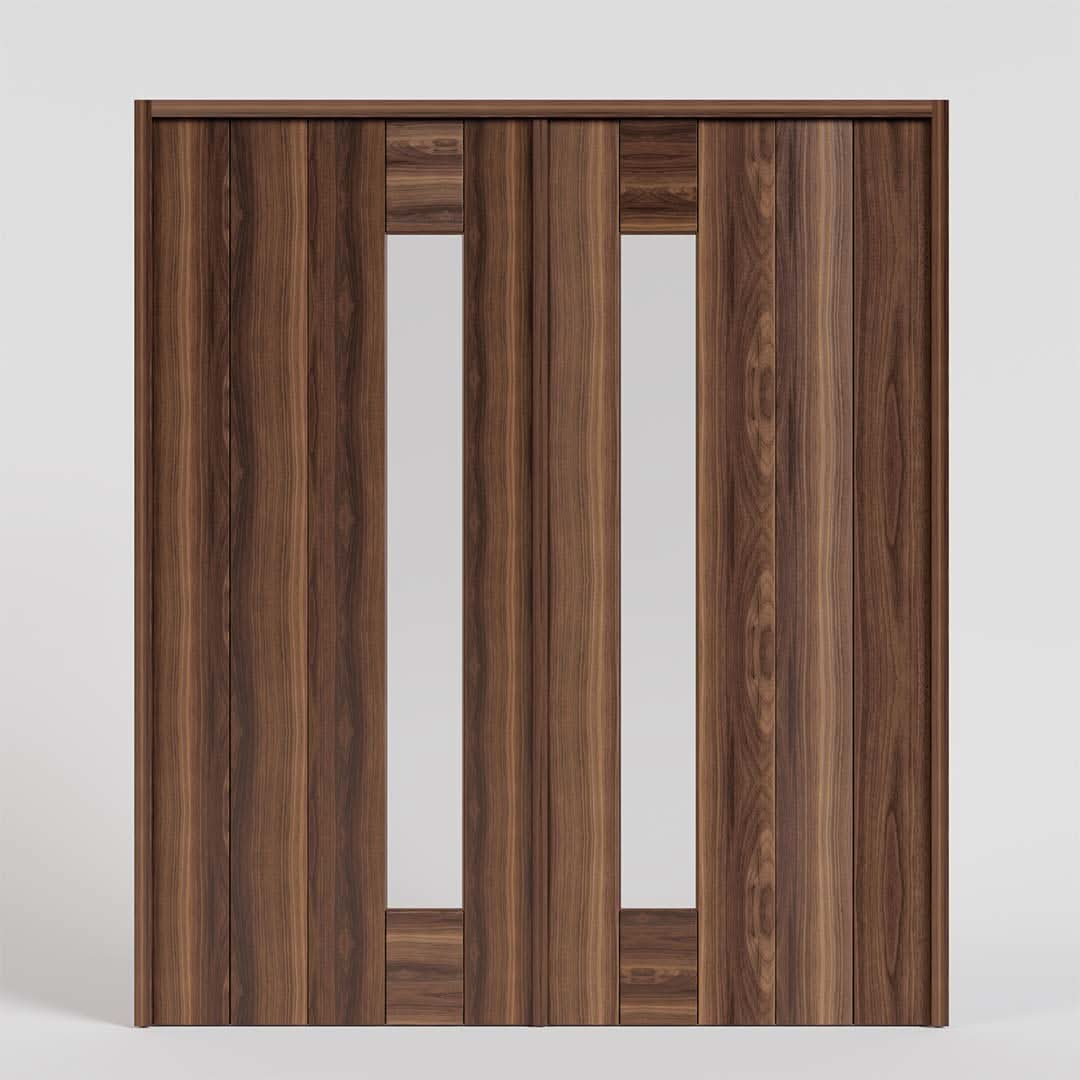
Leave a comment (all fields required)